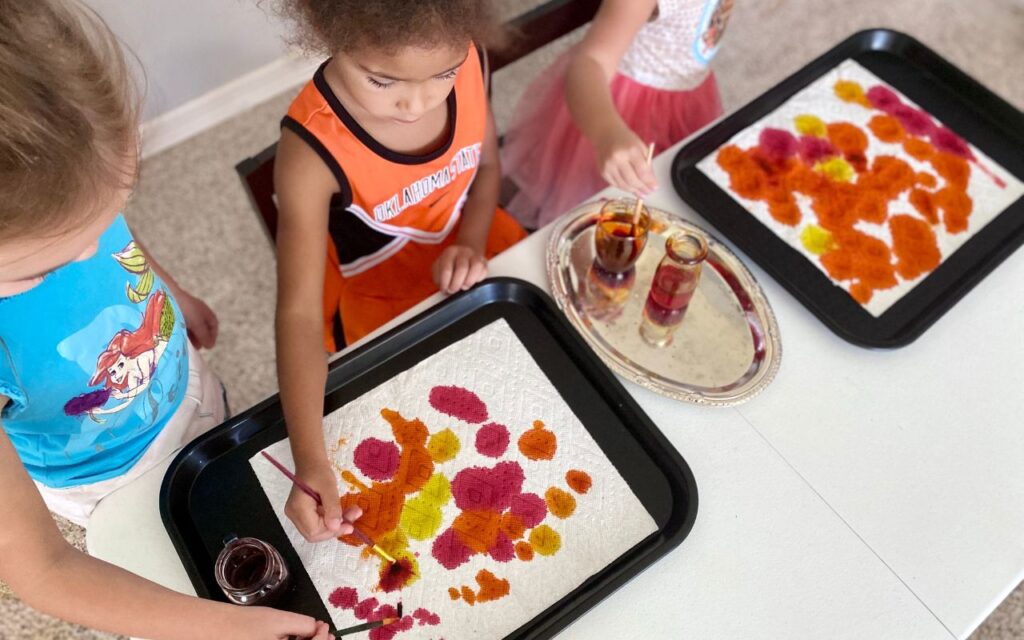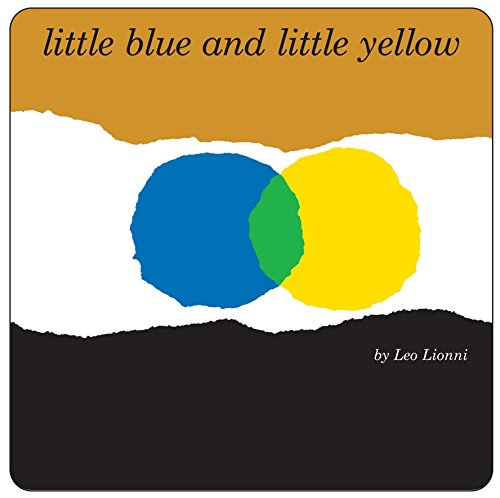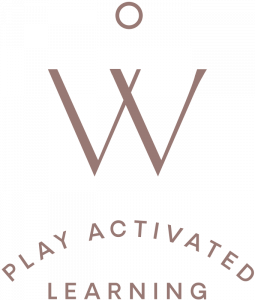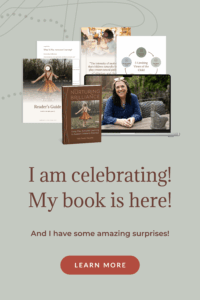There’s something wonderful about discovering unexpected effects! This is what usually happens when we mix different media or materials, especially materials we are used to seeing in other circumstances.
Paper towels are super absorbent and resistant. When children experiment with dropping pigments onto them, the result can be a surprisingly vivid mix of colors that resemble small explosions.
With this Play Invitation children can develop their spatial awareness and observational skills, while experimenting with color mixing and understanding the influence of absorption in spreading and dyeing.
What Could Lead Us to This Play Invitation
- Children have been observing the effect of liquids dropping onto different surfaces;
- Children are curious about things that collide, that bump into each other;
- Children are excited about mixing colors.
Materials Needed
- Liquid watercolors
- Paper towels
- Brushes
Setting up This Play Invitation
- Tear off paper towels, and lay them over trays or directly on a table that’s easy to clean. Children will be using the paper towels as paper.
- Place the liquid watercolors and brushes within children’s reach.
Tip: As an alternative to brushes, you can offer droppers.
How to Create the Painting
- Invite children to paint and explore the effects of the spreading and mixing of colors over the paper towels!

Optional next step: Place the paper towels over a light table (protected with transparent plastic) and let the children paint!
How to Nurture the Natural Unfolding of the Child’s Identity During This Play Invitation
- Children have the right to experiment with the same materials in new ways to understand that there is more than one way to use things. This is a practical learning that they can transfer to other areas of their lives, and contributes to critical thinking skills and innovation.
- Honor children’s need for visual cues and support them by addressing abstract concepts through the use of materials. In this example, we could be addressing the idea of collision and what could be happening in the areas where colors bump into each other. Let children build their interpretations and theories, as it’s always a wonderful way to learn more about how children make sense of the world.
The Academic Learning Opportunities
- MATH: Name and describe elements of spatial organization such as over, middle, left, and right. Build awareness of quantity, like: “Here, there’s a lot,” and “Here, there’s less.”
- LANGUAGE: Engage in the exploration of new vocabulary.
- SCIENCE: Explore concepts such as spread, mixed, absorption, and collision.
- ART: Develop color perception and formation, experiment with composition and visual balance.
Extensions
- Invite children to try a Rain Cloud Experiment by exploring how colors spread inside a glass of water.
Book Recommendation

This is a beautiful story about friendship that also offers a playful introduction to color mixing.


